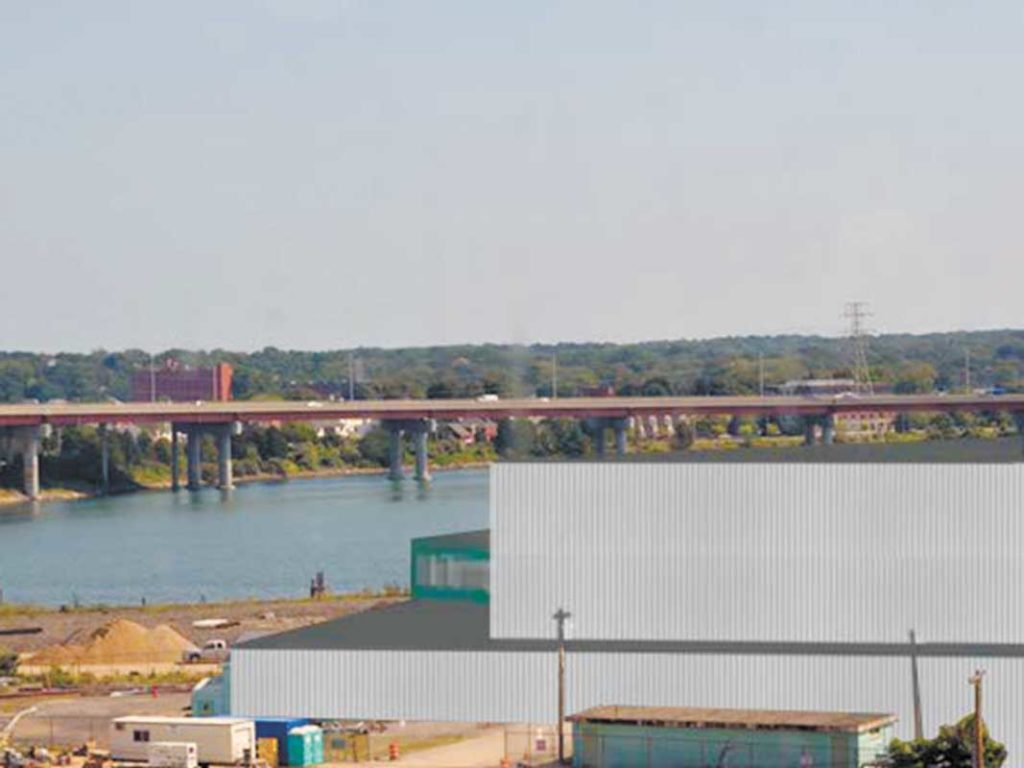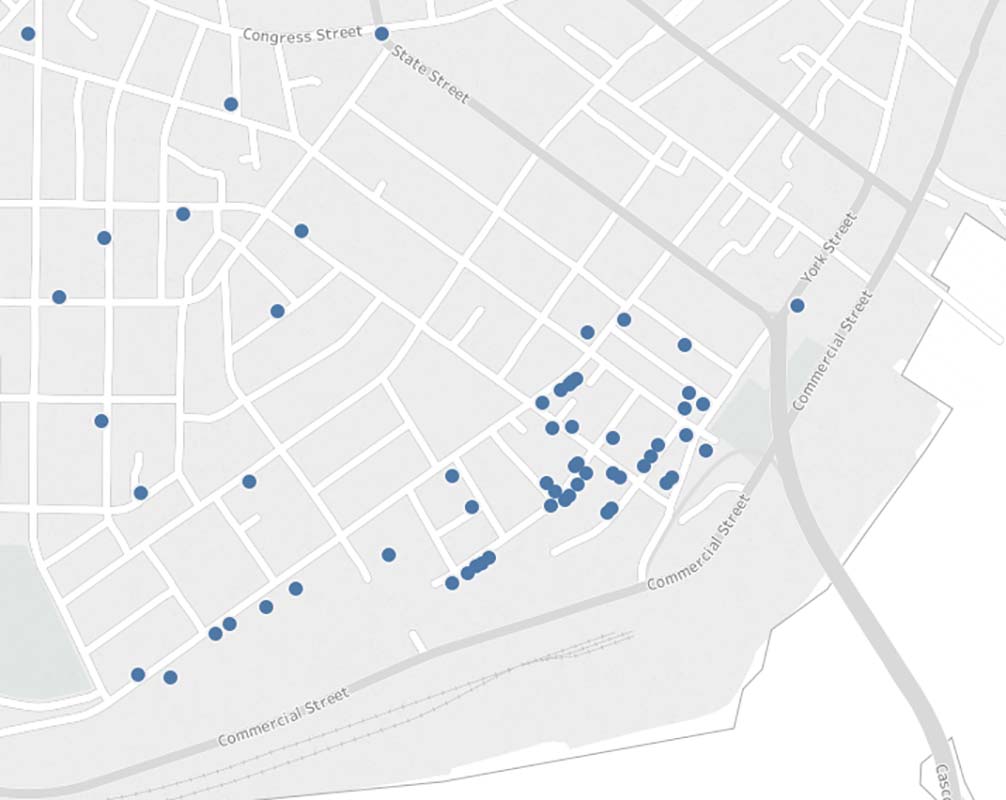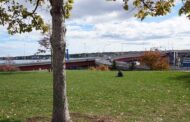by Luke deNatale
Neighbors cite concern for maintaining working waterfront, suggest new comp plan language.
 Portland’s Planning Board held a public hearing regarding the city’s updated comprehensive or comp plan on April 13th. The Planning Board accepted a language change submitted by Anne Pringle and numerous Portland residents on the use of the Western Waterfront.
Portland’s Planning Board held a public hearing regarding the city’s updated comprehensive or comp plan on April 13th. The Planning Board accepted a language change submitted by Anne Pringle and numerous Portland residents on the use of the Western Waterfront.
The comprehensive plan guides decision-making at a big picture level for the next ten years. The plan itself is expansive and totals 91 pages. The comp plan covers topics from historic preservation to future land uses.
Senior Planner Christine Grimando provided an overview of the plan during the meeting. Shortly after the her remarks, the Planning Board opened the meeting for public comment. Attendance from the public was sparse. However, a few Portland residents were on hand to voice concern over subjects ranging from climate change to LED lighting.
Western Waterfront: Logistics Hub or Working Waterfront?
Jo Coyne spoke on behalf of over one hundred Portland residents. She cited a letter that they submitted to the Planning Board. These residents were primarily concerned over the details of language in the comp plan regarding the Western Waterfront. The language in the original plan read:
Facilitate the development of the Western Waterfront as a 21st century logistics hub that will serve the freight and cargo needs of Maine and Northern New England businesses.
The concerned neighbors suggested that the language be changed to read:
Facilitate development in the Western Waterfront of waterborne freight and marine uses that require access to the harbor’s deep water channel.
While this language change is subtle, West End resident Anne Pringle explained in a separate interview its importance.
“It was a new concept, the ‘logistics hub,’” explained Anne Pringle. “[It] was new terminology that had never been used before in any of the prior planning documents having to do with the Western Waterfront. It seems to imply that they were going to have a bigger intermodal transfer facility. Bigger intermodal facilities like that are typically in industrial parks, not abutting a residential neighborhood.”
Americold and Building Heights
Portland residents, particularly those who have property near the Western Waterfront, are concerned about efforts from City officials to raise the cap on building heights.
Americold, a company that specializes in cold storage, seeks to build a 120,000-square foot warehouse near the Eimskip facility on West Commercial Street. Currently, Americold operates a warehouse on Read Street in Portland, but they would either close the outdated facility or keep it open for overflow and long-term storage. This, of course, depends on whether they are able to expand to the Western Waterfront.

Potential view of the Western Waterfront. -Americold WPDZ Text Amendment (Memo and Attachments), Planning Board materials, October 18, 2016
Will the City allow the proposed height increase to reach 70 feet? Americold maintains the zoning height increase is necessary for the profitability of their new facility.
“The other issue is in changing the zoning. It currently only allows a building up to 45 feet. Americold and the port authority are saying that’s not high enough to meet the projected storage needs. And so, we’ve taken the position of basically saying, ‘prove it.’ What are your projections for future growth and how does that translate into what size facility is needed,” said Anne Pringle.
The signatories of the comp plan language change, as submitted by Anne Pringle to the Planning Board, have a vested interest in monitoring the potential impact of the expanded facility. Among the signatories is a strong concentration of West End residents near the area of the proposed expansion.






